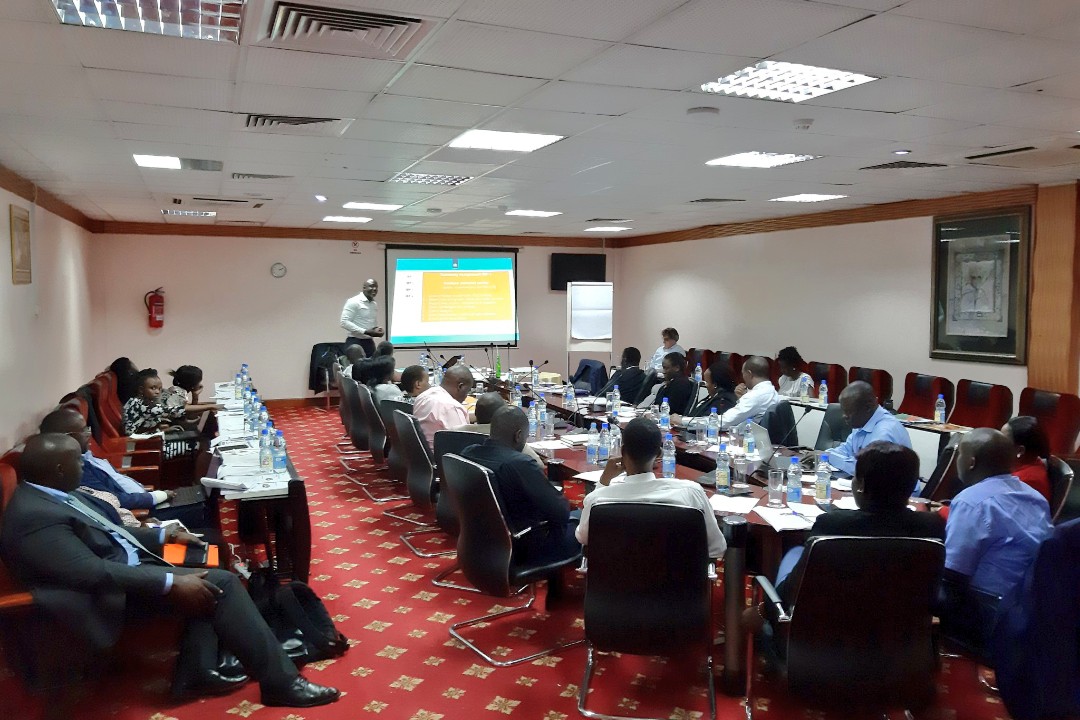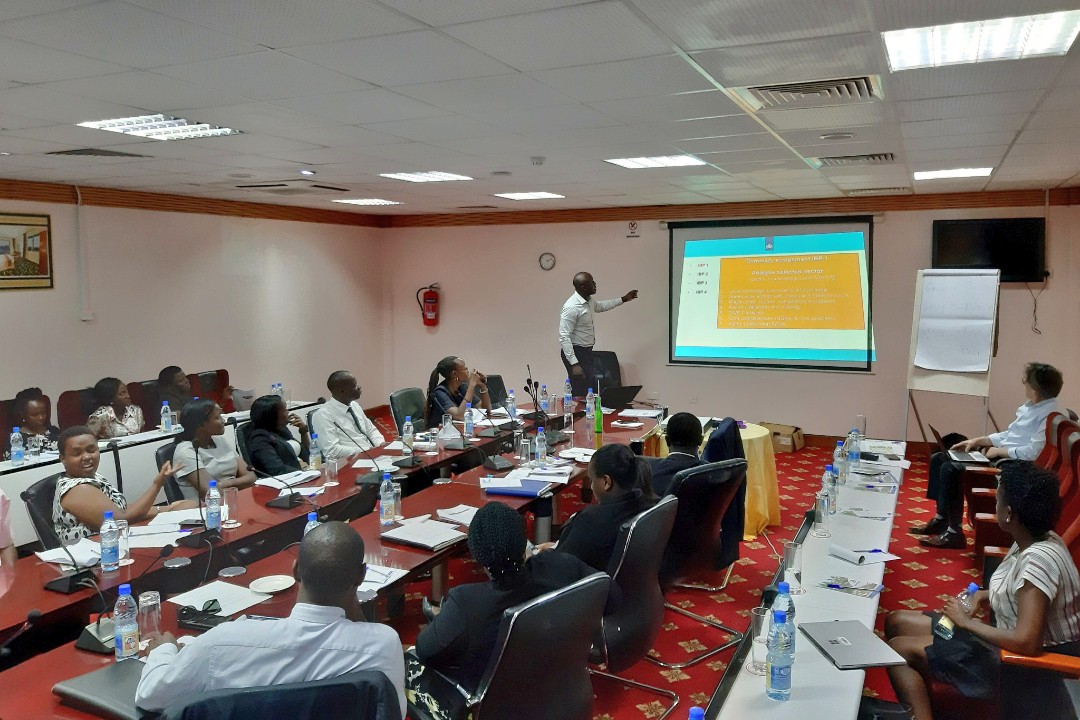Uganda Export Promotion Board (UEPB) together with International Trade Centre (ITC) have concluded a two-day training for foreign service officers on marketing Uganda’s exports, tourism as well as attracting foreign investment.
The training particularly targeted Ministry of Foreign Affairs officials in diplomatic missions like embassies and consulates on how best to facilitate Uganda’s commercial diplomacy in order to boost the country’s exports. Among the facilitators of the training was Martin Labbe, the Project Manager at ITC as well as Elly Twineyo Kamugisha, the Executive Director at UEPB.
At least 32 Foreign Service officers participated in the training held at Hotel Africana in Kampala.
Elly Twineyo Kamugisha, the Executive Director of Uganda Export Promotion Board told SoftPower News on Wednesday that “we thought it was very important to train staff of the Ministry of Foreign Affairs to understand how to market Uganda”.
“Uganda is a developing country, we don’t have enough resources, and therefore, it is not possible that we shall soon hire commercial officers to go out in embassies and consulates to promote trade and get us buyers, attract tourists and investors. But we already have staff in our missions”.
“For two days, we have had an intensive program facilitated by ITC and UEPB for mainly Foreign Service officers. We think this is the beginning. We think we need to train more people in the long run”.
He said that the training was premised on the notion that these diplomatic missions can leverage Uganda’s representation in different countries across the world to promote trade and attract investment.
“We need to get more money from the Ministry of Finance to train these people who are government employees already. They are doing other things but we need to add to them the issue of marketing. We will talk to Investment Authority, Tourism Board and Ministry of Trade to design forms which they [Foreign Service officers] can use to collect information.”
He said that the Foreign Service staff will attend exhibitions, expositions, trade fairs, and buyer-seller meetings from which they will source market information and send it back to Uganda for the benefit of manufacturers, producers and service providers.
On whether the training focused on any specific priority areas for exports, Kamugisha revealed that in 2017, government through the Ministry of Trade came up with a five-year national export development strategy, which guides UEPB’s strategy. This strategy identified strategic markets, commodities and services for export.
“The challenge is Uganda needs to market aggressively because other countries are competing with us in the region for the regional markets as well as other foreign markets. We need to invest in exports promotion because other markets are doing that,” he said.
According to Kamugisha, Uganda has for the last three years been earning more than USD 3bn (Shs 10.9 trillion) from commodity exports (manufacturing and agricultural produce) annually while in the services exports (I.T, consultancy, architecture and design, legal and financial, transport and logistics, arts and performance), Uganda rakes in more than USD 1.8bn (Shs 6.5 trillion) annually.
He says that the region (EAC and COMESA) continue to present a big market for Uganda’s exports (over 60%) while the United Arab Emirates (Dubai) is also emerging among the top destinations for Ugandan exports.











